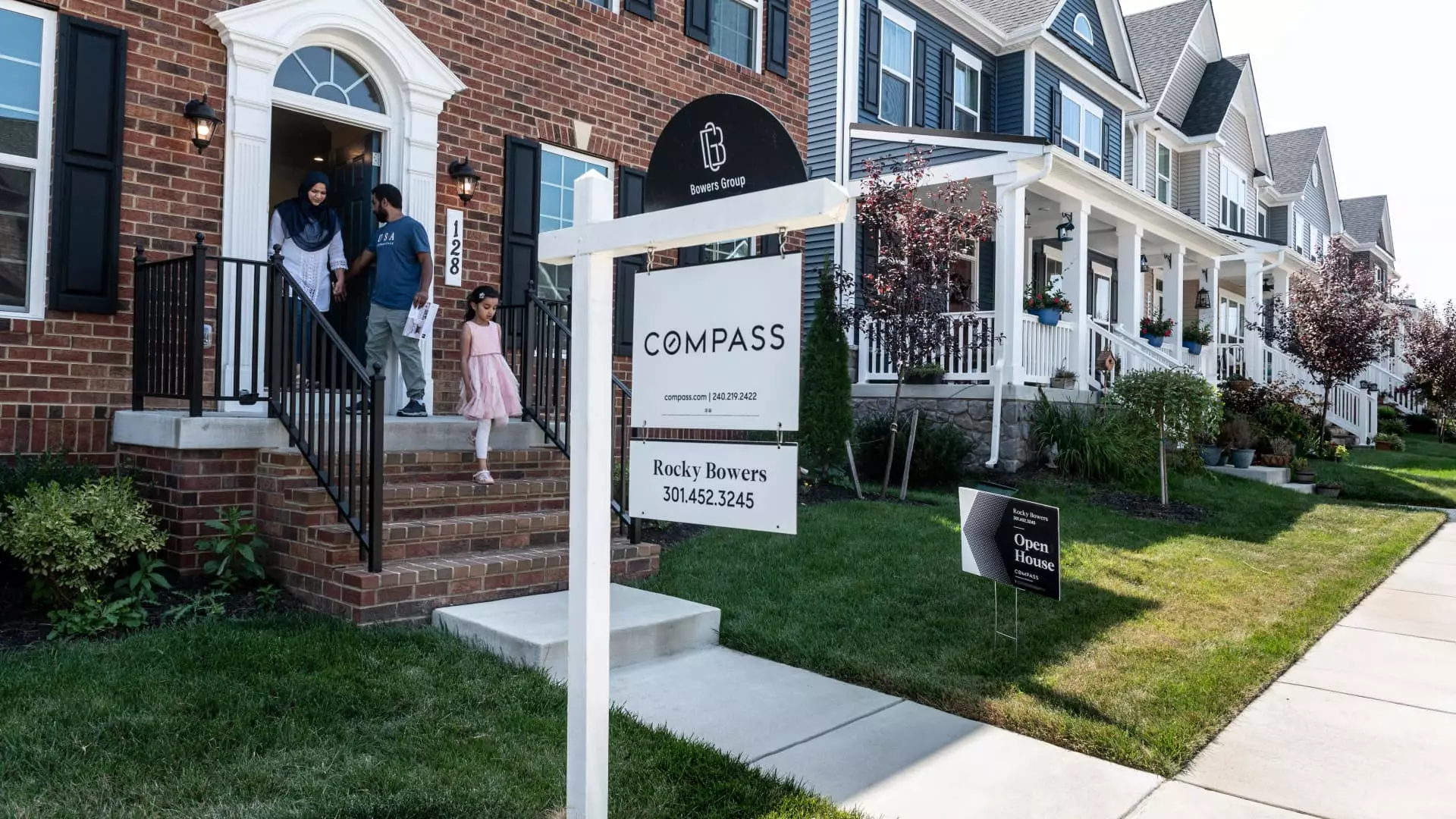The U.S. housing market has been facing significant challenges in recent years, aggravated by various economic factors and policy decisions. High mortgage interest rates, a limited supply of homes, and inflated property prices have already put potential buyers in a difficult position. With additional tariffs on essential building materials, both the residential construction segment and prospective homeowners are staring down an even murkier future.
The tariffs imposed by the previous administration, particularly a 25% tax on softwood lumber imported from Canada and wallboard from Mexico, have drawn sharp criticism from industry stakeholders. According to Carl Harris, Chairman of the National Association of Home Builders (NAHB), over 70% of the essential materials for home construction come from these neighboring countries. This reliance means tariffs add a considerable amount to the cost of construction, which directly influences the final price of homes. The increasing costs are a substantial burden, particularly for first-time buyers who are already struggling with affordability issues highlighted by analysts like Jaret Seiberg.
With home prices skyrocketing—reported at over a 40% increase since the pandemic began—these additional costs from tariffs not only hinder new development but also exacerbate existing issues in affordability. The average citizen engaging with the housing market may find themselves in a stalemate, unable to secure a loan that aligns with their financial capabilities while simultaneously facing ballooning home prices driven by external factors.
When contemplating the state of the housing market, it’s imperative to consider the broad economic landscape, especially in light of recent inflationary pressures. The anticipation that interest rates would fall this year was predicated on easing inflationary woes, yet the introduction of new tariffs might fuel those very concerns. If costs for materials continue to rise due to these international tariffs, builders would likely pass those expenses onto consumers, leading to greater financial strain and potentially higher mortgage rates.
Furthermore, it is essential to address the labor market within the construction industry. A substantial percentage (approximately 30%) of construction workers are immigrants, and many are undocumented. The previous administration’s aggressive deportation policies have compounded labor shortages, making it increasingly difficult for builders to meet demand. Quotes from industry leaders like Bruce McNeilage emphasize the absurdity of creating a labor shortage amidst rising housing shortages. Overall, this combination of labor scarcity and material cost inflation positions the housing market in a precarious situation.
The NAHB has urged the government to reconsider these tariffs, especially given the executive orders issued earlier, which aimed to increase housing supply. There is also speculation that the mounting pressures from tariffs could prompt Congress to introduce policies that incentivize the development of entry-level housing. A focus on tax credits and subsidies for affordable housing could provide much-needed relief to prospective homeowners who are currently at an impasse because of high costs and a lack of supply.
However, these solutions are not panaceas. Realistically, changing policies takes time, and pressing needs in the housing market require immediate responses. The balancing act between maintaining federal budgetary concerns and directly addressing the housing crisis is complex. The situation places significant pressure on policymakers to devise swift and effective solutions.
As we move forward, the evolving relationship between the United States and its trading partners will significantly affect the construction industry and the housing market overall. Continued tariff implementation pulls on both ends—builders face increased construction costs, while prospective homeowners grapple with escalating prices and stagnant inventory levels. These dynamics culminate in a market that can only be described as fraught with challenges.
All things considered, the intersection of tariffs, labor shortages, and housing demand presents a daunting scenario for the U.S. housing market. Stakeholders across the board must engage in thoughtful discussions and collaborative efforts to navigate these complexities, as the implications for consumers, builders, and the overall economy are profound. Ultimately, finding solutions to mitigate these pressures is essential for safeguarding the housing market’s vitality as it progresses through uncertain economic waters.

Leave a Reply